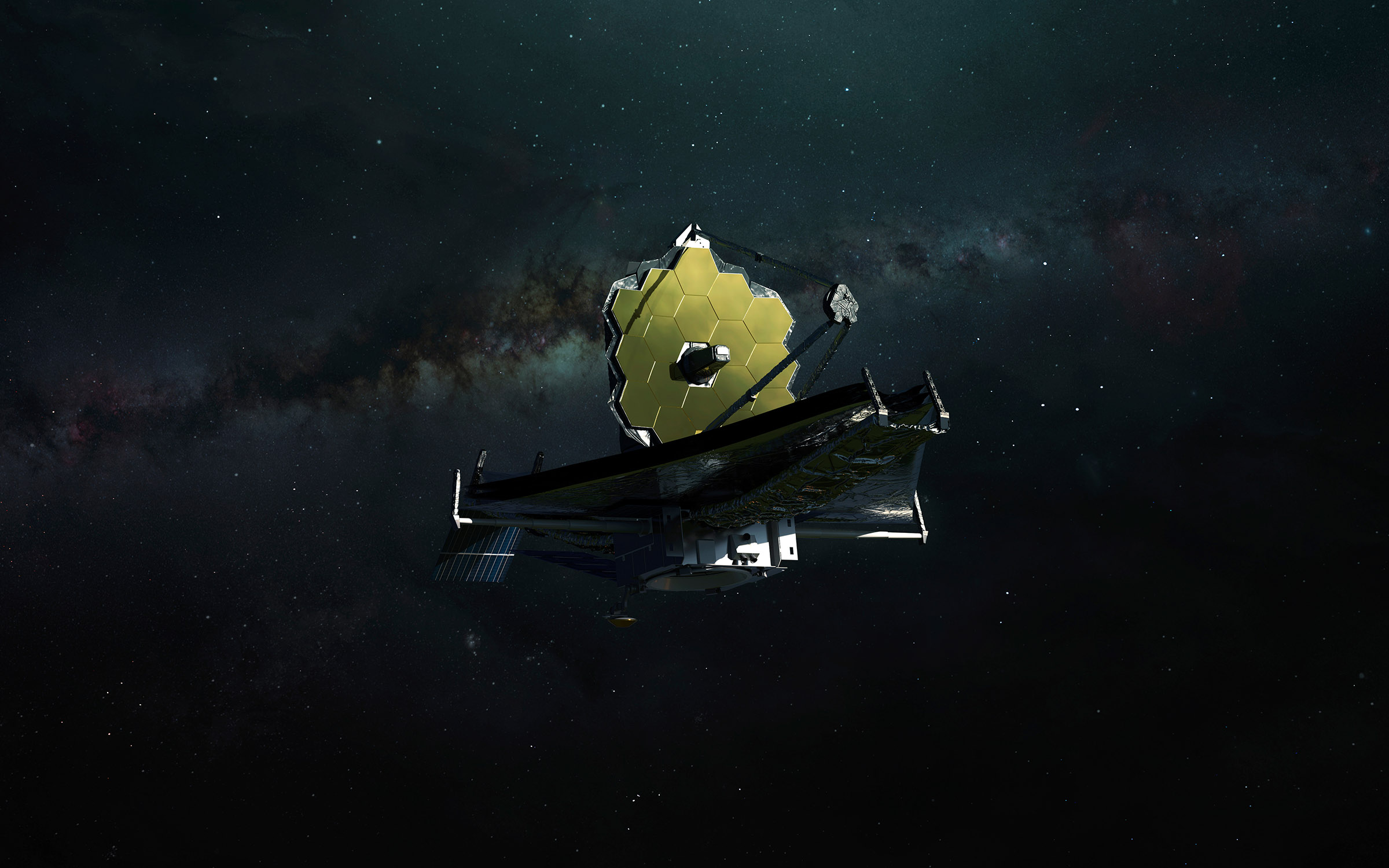The James Webb Space Telescope has wasted no time giving us new, beautiful images to look at. The latest image was released as part of NASA’s Ice Age project, which is one of Webb’s 13 Early Release Science programs. The image shows the frozen heart of a space cloud, pinpointing different regions of ice within a cloud located over 500 light-years away from Earth.
The space cloud is a region of space known as Chamaeleon I. The region is made up of a dark molecular cloud, which appears to have a blueish hue in the new image that Webb captured. This region of space is notable because it’s currently in the process of forming several young stars, which astronomers often refer to as protostars.

These stars, which glow orange in the image, helped astronomers determine how much ice is within the frozen heart of the space cloud. Webb looks at the universe through waves of infrared light, which is invisible to the naked human eye. As such, Webb is able to reveal information about our universe that we can’t see through normal telescopic observations.
In the past, Webb has given us a closer look at exoplanets, even detecting carbon dioxide in an exoplanet’s atmosphere. Further, its continued use of infrared to explore the universe continues to unlock new mysteries for us to examine and dig into, allowing us a better understanding of our world. This image of the frozen heart of a space cloud is no different, either.
By looking deeper at this molecular cloud, we can learn more about how ice evolves from its initial synthesis to comet-forming regions of a protoplanetary disk. It’s a huge step toward unlocking more about comet formation as a whole, which is something that astronomers have been trying to understand better for several years. A study on the findings was published in Nature Astronomy this month.








